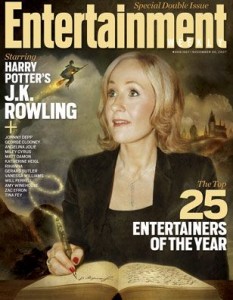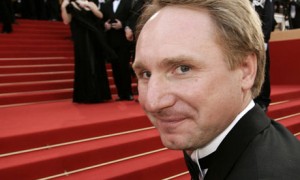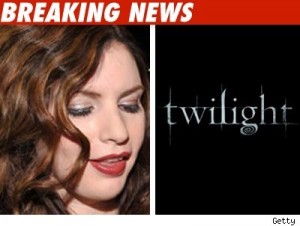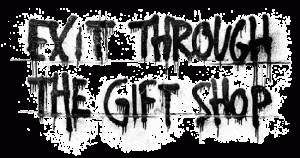I had never read Barthes before – he is certainly very enthusiastic! He is being deliberately incisive, I think, but he does so because he is addressing a mode of thinking that was dominant in his time – that is, the traditional schools of criticism that placed all emphasis on the author and his psychology, and on the search for the ultimate singular “meaning” that he embedded into his texts.
Many modern critics would at least acknowledge nowadays that such meanings are usually nonexistent or unimportant, that a readers’ interpretations are a reliable source of truth, and that what a writer writes is not necessarily reflective of a specific idea or psychology. In Barthes’ time, though, that kind of thinking was probably fairly rare. So I understand why he writes so passionately about the “death of the Author” and the ascension of the reader – he is trying to spark debate. He was attempting to change the viewpoint of a critical society that did not yet have all the pieces, so to speak. The author does provide a possible avenue for analysis, but he is not the only avenue that exists.
Obviously, every single work of writing has some kind of author behind it. Books do not fall from the sky. What I think Barthes is getting at, though, is that the relationship between an author, or storyteller, and the text has changed over the centuries, and it only continues to evolve as it is exposed to new philosophies and forms of media.
Let’s look to Borges’ story, The Garden of Forking Paths. As its introduction helpfully points out (I don’t know if I would have made this connection myself), the story’s narrative describes the concept behind the hypertext novel, which is described as a kind of infinite labrynth that branches off into an infinite number of possibilities through time. At the time he wrote this story, Borges did not know about the internet, and indeed his conceptualization of hypertext was probably based more on mathematical breakthroughs of the time (quantum physics, etc.) than it was on any conceptualization of computer systems.
But his idea is now (at least partly) possible, with the help of a computer, and particularly with the help of the internet. Anyone can put together a hypertext document that branches off indefinitely, or at least as far as its links can go.
Of course Borges was the author of his own story – we cannot remove him from it – but what happens when you have many authors working all at once on a single project? The work would be reflective of all of their ideas, all of their psychologies, and so would be completely opaque to the traditional modes of criticism that Barthes is attacking.
Then we get to works that incorporate media with text – pictures, sound, and so on. The storyteller is still present, surely, but as we see in The Whale Hunt, temporal boundaries break down, and stories become more of an experience than a traditional straightforward narrative.
We also are beginning to see the rise of more collaborative forms of writing, where the faceless mass traveling the colorful wastes of the Internet conspires to create new works of writing and art. Sites like Drawball allow people to scribble whatever they want, and see the scribbles of others, and anonymous forums allow people to write whatever they feel like writing, and talk about whatever they feel like talking about. Communication itself is becoming a whole new medium.
We Feel Fine operates under similar principles, although it lacks direct involvement from its content-producers. Thousands upon thousands contribute to the site, creating a huge amount of disconnected emotive narratives. They are all authors, all operating under an entity that acts as both a storyteller and medium: the webcrawler that culls their stories in accordance with its programmed algorithms.
What we are seeing, as our technology continues to advance, is the rapid increase in new communicative mediums. The “author” is not dying, but rather is changing at an exponential rate. It is the old concept of author (old in the sense that it existed before this current moment) that is dead, as countless new concepts pop up in its place.
Whether it is a human being who is putting stories together, or a computer algorithm, it seems inevitable that these infinite, collaborative forms of writing will only grow more prevalent as the Internet becomes increasingly more relevant to our daily lives. The distinction between “real life” and “digital life” blurs a little more each day, as we see ideas that were once merely conceptual (like Borges’ hypertext) become realized by technology.
What will happen when three-dimensional object printers become as ubiquitous as the inkjet? When we can print objects from stories and give them tangible forms? What happens when the resolution of flexible displays becomes so fine that the images they display are indistinguishable from reality? The same for projected light images? What happens when we create a sensory interface that makes interaction with light images indistinguishable from real ones? What happens when virtual reality becomes reality, and we can grow on a whim Borges’ infinite labyrinth?
These all are projections for the future, but what is clear is that the author is something that constantly evolves when exposed to ever-changing media. It is therefore difficult to pin down what exactly the author is or will be or “means” – we just know that it is changing. We don’t yet have all the pieces, and perhaps we never will.




